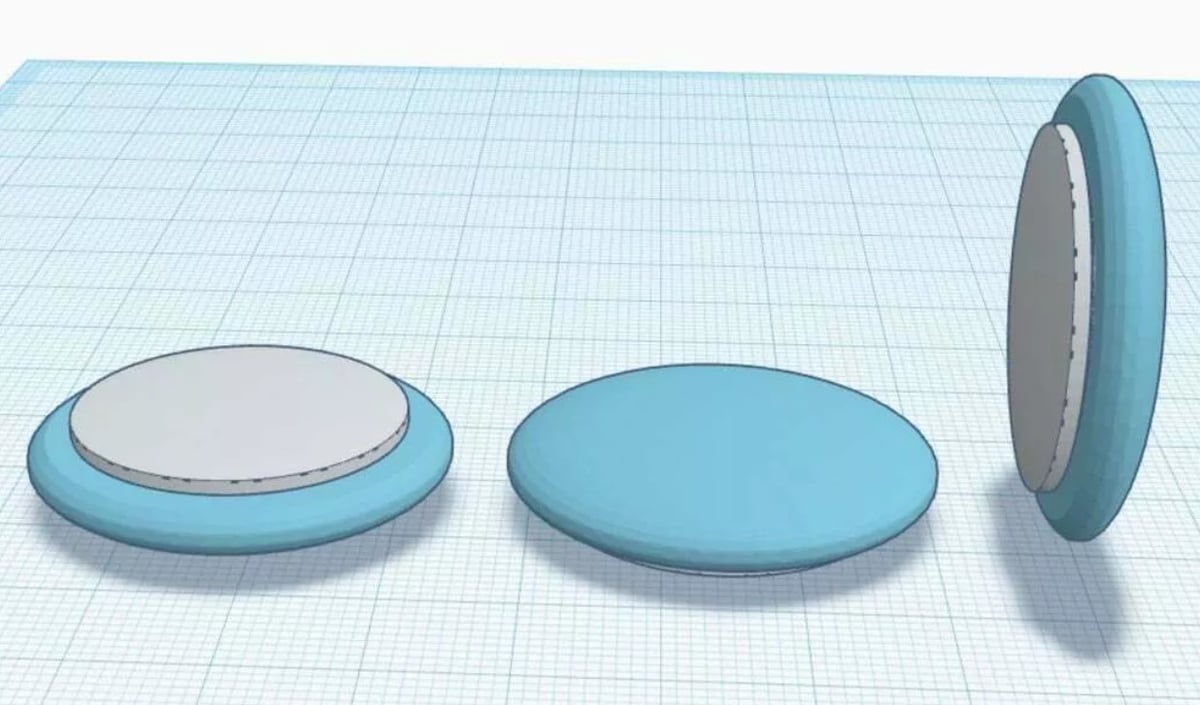You’ve asked Siri to find your iPhone, but with the recent release of Apple AirTags – the Cupertino tech giant’s approach to NFC object tagging – you can now ask the velvet-voiced digital assistant to find just about anything else.
What AirTags do is not a new concept. However, they are made by Apple, which means they fit into the experience of having and using Apple’s devices in a way most manufacturers could only dream of.
In a nutshell, AirTags are slim pebble-like discs with near-field communication (NFC) circuits inside them. Apple devices within Bluetooth range of an AirTag will be able to “see” the location, directing you towards it, chirping on command with cheerful tones to help you find what’s lost.
This tracking functionality is useful at home but goes to the extreme if you lose an item with an AirTag when out and about. In public, or generally any populated area, Apple’s Find my Network feature extends your ability to see your tags in real-time if anyone with an iPhone is close to the tag.
Trackable 3D Prints: Apple AirTags Holders
AirTags are so new that there’s only a handful of print-it-yourself holders to be found. This will, no doubt, change in time. For now, though, you can find the expected assortment of basic AirTag holders by punching “AirTag” into your preferred 3D model repository’s search function. With these, you can track all manner of items thanks to 3D printable holders for carrying Apple AirTags.

But we’re thinking beyond ad-hoc item tracking – beyond simply having an AirTag ride shotgun. The trackers are, after all, only useful as long as they remain attached to the object your want to track.
What if you were to embed the tracker in the item? It would open up a world of possibilities with some pursuits that use 3D printing. We’re thinking quadcopters, or any RC-enabled activity for that matter, or essential tools, jigs, and other useful, infrequent-use printed items in shared spaces.
Trackable 3D Prints: Embedding Apple AirTags
The dimensions of an Apple AirTag are 32 mm round, and 8 mm tall. Simple enough. But Apple being Apple, there’s more form to the AirTag’s design than a primitive and flat coin shape. Smooth gradients above and below give a more pebble-like form, which could make things tricky for a snug fit.

Fortunately for us, a 3D modeling superhero by the handle of Mediaman3D has made public a very close approximation of the AirTag itself, available on Cults. Using this model as a negative space in your own 3D models means you can pretty easily create an AirTag shaped void.
When printing, simply program in a pause-at-layer command (here’s how for Cura and PrusaSlicer) and ensure your travel paths don’t cross the now AirTag-filled void (study your print preview and adjust your print head travel behavior to be sure) then drop the tracker into your print and continue printing to seal it in its plastic tomb.
One design consideration if considering embedding an AirTag in your print is access to the battery bay. The AirTag uses a CR2032 coin cell battery, which is said to last approximately 1 year of regular use. You only need to twist the battery bay door using friction, so for a successful and permanent embedding of the tag in your prints, you need to keep the door accessible. Handily the design of the AirTag means the body extends above and beyond the battery bay, so a secure fit can be made without compromising access.
And that’s if you even wanted to seal the AirTag into the print. One alternative that only really occurred to us embarrassingly late into producing this piece is that a simple recess in a printed part you can tape off is sufficient. It’s probably only the most extreme or clandestine of prints that would need the physical embedding of the AirTag. For everyone else, there’s a simpler solution.
How would you do it?
This writer doesn’t use an iPhone, so all of the above is, for us, purely theoretical, although we see no reason why it wouldn’t work. We’d love to hear in the comments if someone has successfully used AirTags or other NFC-based trackers in their prints.
Lead image source: Apple
License: The text of "Never Lose a Print Again: Embedding Apple AirTags in Your 3D Prints" by All3DP is licensed under a Creative Commons Attribution 4.0 International License.